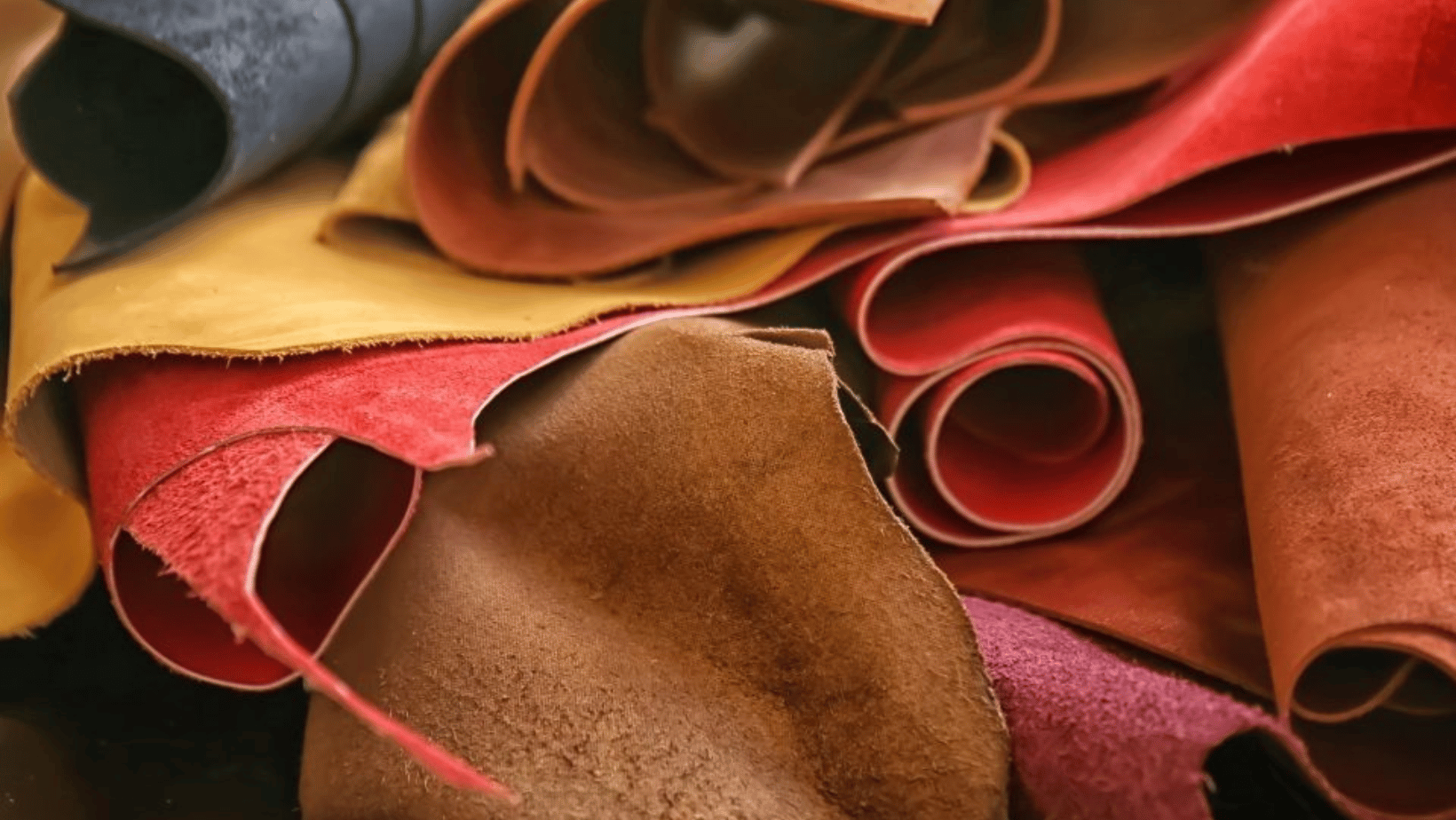News
What You Should Know About Leather Grades and Leather Quality
Looking into Buying New Leather Furniture, But Don’t Know Much About Leather Quality? Read On.
It can be difficult to know which leathers are genuine, faux painted, vinyl or fake. It can be even harder to understand what makes leather good quality and how different leathers are graded.
This post is to help you understand the pros and cons of each type of leather, and how to determine leather quality. We hope by the end that you will feel more knowledgeable and comfortable making a choice about what leather would be the ideal fit for your furniture needs.

Leather Grades
Truth is, leather is not all created equal. Knowledge is power when it comes to leather furniture. Many people mistakenly believe that leather is leather, and all that varies is color or maybe thickness. That couldn’t be further from the truth. Let’s take a look into the the nuance of leather, so that you can feel more confident the next time you are shopping for something upholstered in leather.
Leather is an incredible and versatile material used all over the world. Leather has been used as a textile for thousands of years to make durable, protective and beautiful goods. It’s been called the “timeless material”.
If you’re anything like us, when we began this journey we didn’t know much about leather quality, the tanning process, leather grades, or how to distinguish a good leather piece from a poorly painted scrap hide.
Our customers come in and often ask “What kind of leather is this?”
It’s a reasonable questions, but there is no universal grading system. Many manufacturers use different grading systems and scales. While some use 1-5, others use 1000-7000, some start at 10 and and go through intervals of 5 to 40. Then you may wonder, why use a grading system at all? Cost is the main reason. Furniture is more expensive if it’s made from leather, and some leather is more expensive to make than others. There has to be some way to group these together and to give the consumer some idea as to the quality and type of leather they are purchasing.

The Beginning
All over the globe, tanneries compete for what they think they should pay for quality, size and cleanliness. This refers to imperfections found in natural leather. The highest quality leathers are more rare than the ones with the fewest imperfections. There are also those with more imperfections, which are more common. You can also find hides that are considered “trash hides”, which need to be fixed by buffing, cleaning and scrubbing.
The manufacturer pays per square foot for hides to determine the grading scale.
Because hides aren’t perfect, it is difficult to calculate how much waste there is in upholstery. The excess waste can be anywhere from 12 to 15% and should be included in the price of building the furniture.
Let’s now talk about the various types of leather available.
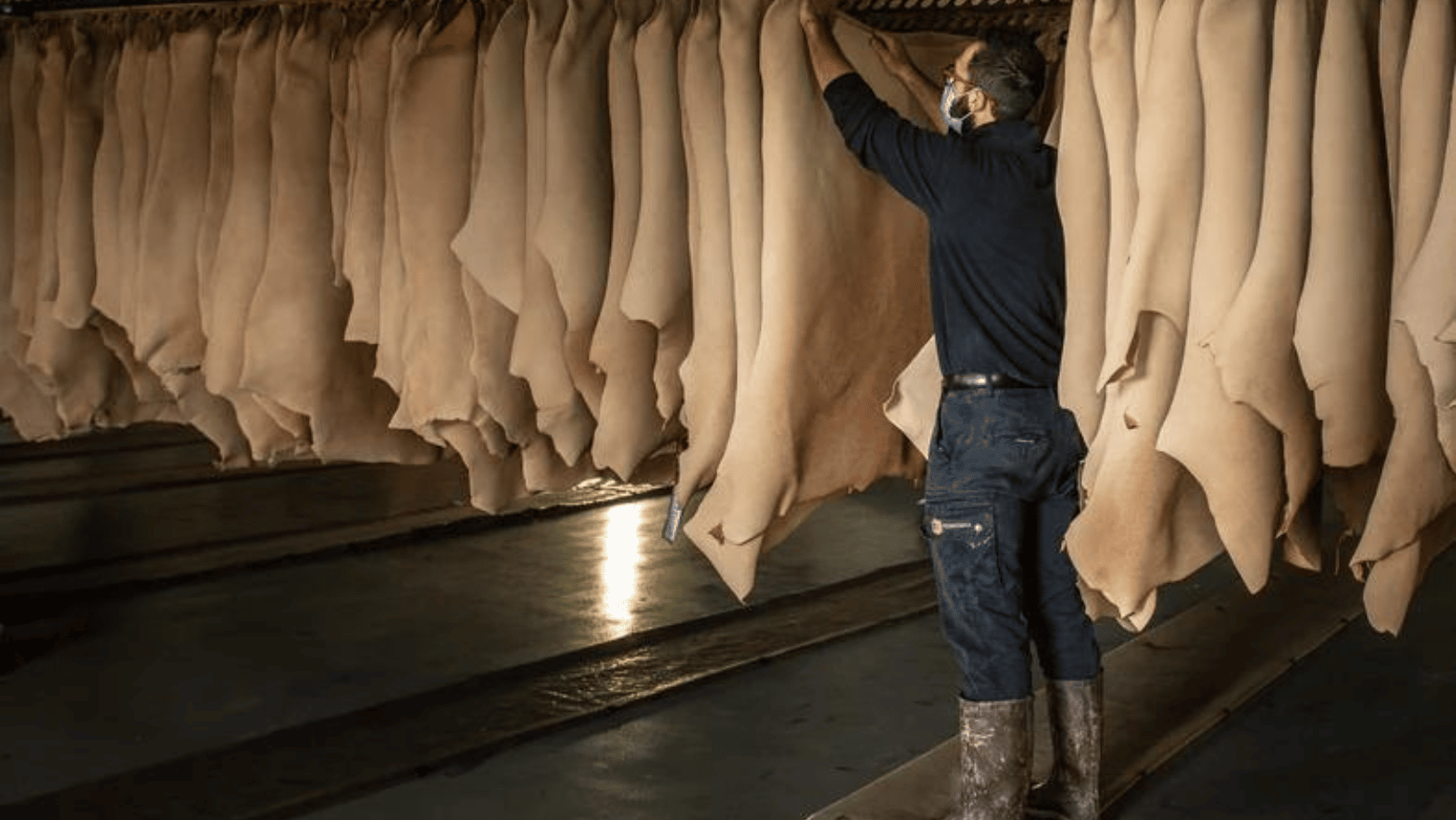
1. PU Leather
PU leather is the most affordable “leather”, on the market. Here we use the term “leather” loosely. Modern technology allows you to take one hide and divide it into four or more layers. To give the material “body”, these thin worthless layers can be coated with a polyester coating. It is nearly entirely synthetic and comes in every color.
Laminate leather is used by many manufacturers as it is much cheaper. It will crack much easier and fall apart more quickly, and it doesn’t have the warmth of genuine leather.
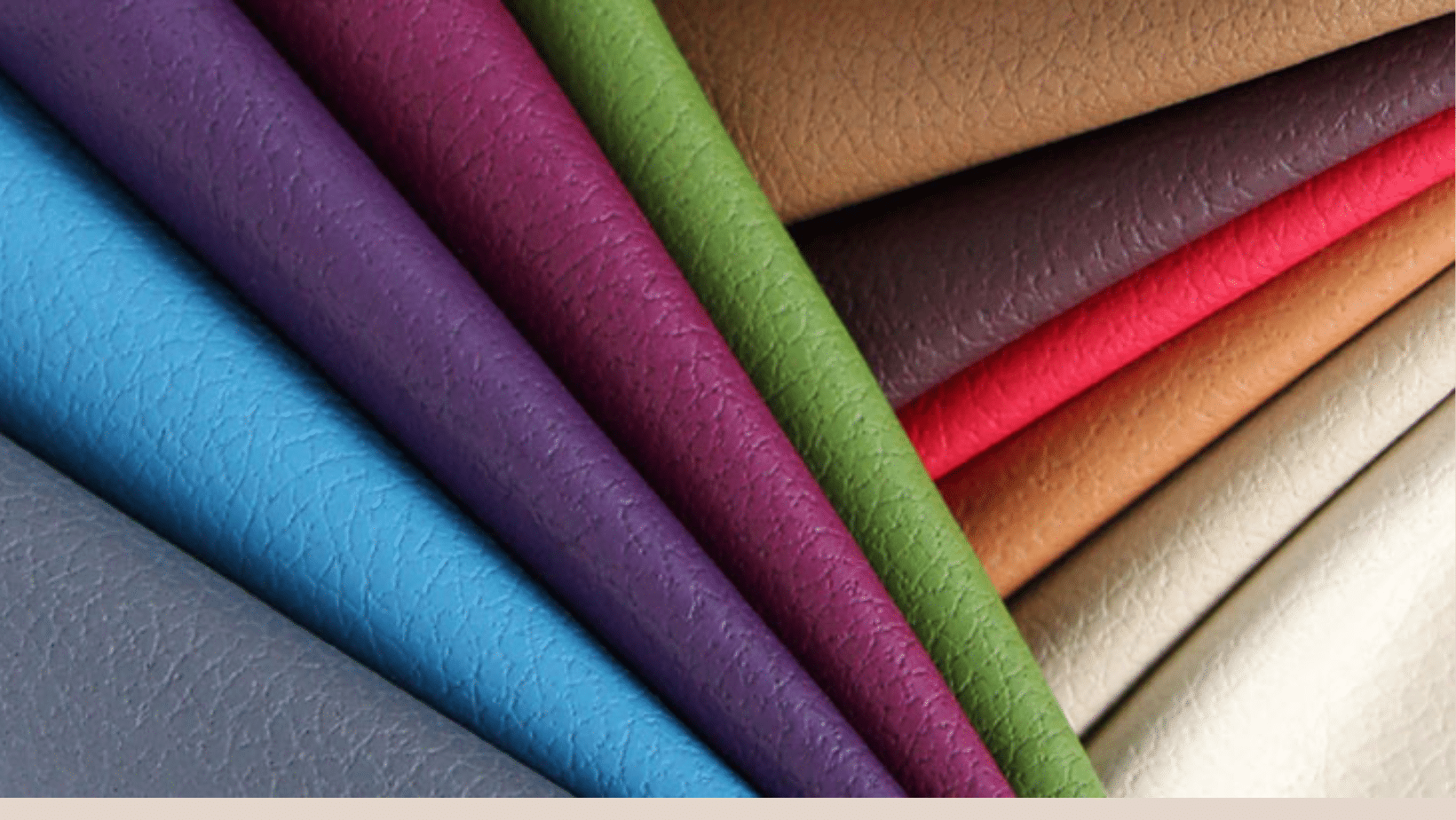
2. Bonded Leather
This is not real leather hide, but reconstituted leather. The leather scraps are ground into a pulp. Next, you glue the pieces together with polyurethane coating and finally, spray paint the desired color and add a leather texture. It can also have a somewhat unpleasant chemical smell. It is used to decorate furniture, but like PU leather it is more likely to crack and falls apart and have a shorter lifespan.

3. Genuine Leather
The term genuine leather is slightly misleading as most people automatically believe it to be the best type of leather. Instead, it is made from lower quality leathers that have been bonded together with glue, and then painted. Though it maybe more durable than many PU or bonded leathers, it is likely going to crack over time.

4. Top Grain Leather
Because it comes from the top layer of the leather, this grade is known as “Top Grain” leather. The top layer is the best cut. In this case, the tannery will takes out any imperfections. To seal the pores, the leather is then aniline dyed. These leathers are more consistent in color and grain, and you’ll find different printed patterns. Top grain leather is a quality leather. It is long-lasting and durable, and can be used in many situations.
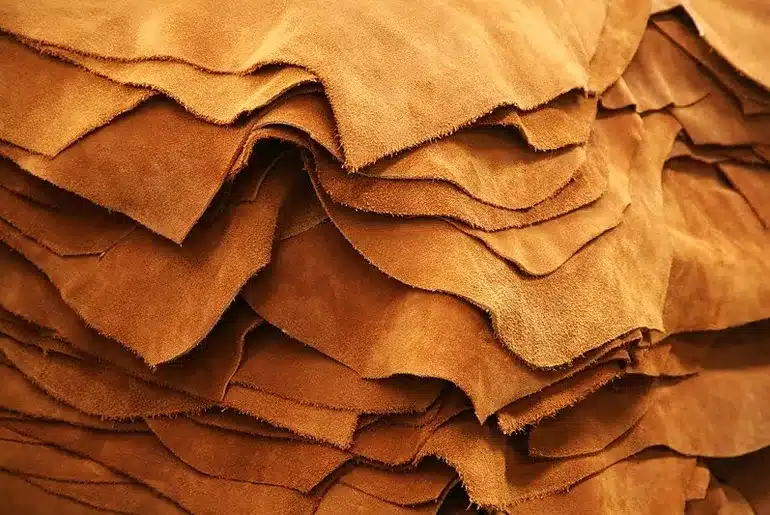
5. Full Grain Leather
Higher end leathers such as full-grain are more expensive on the grading scale. Unlike Top Grain where the imperfections are removed, in Full Grain the imperfections are what qualify for higher grading. Full grain leather is considered the highest grain of leather. It is made with the whole hide, and with every grain. This leather is used in the finest products, which are made to last for decades. It is also one of the most expensive leathers.
Full grain leather may have marks, brands, or imperfections. Although durable, full grain leather will wear over time. These leathers acquire the natural leather patina look. These leathers can also be called aniline leather or aniline dyed leathers. Although it’s more costly to use and maintain, it will be a great investment that will last you a lifetime if taken care of properly.

10. Full Grain vs. Top Grain
So, which is better? That depends on your personal preferences and lifestyle. For that authentic ” Old World” feel and look, some consumers prefer leather furniture to age and patina with scratches and imperfections. Full grain leather is best for those who desire the authentic smell, feel, and look of genuine leather. However, this kind of leather will require more care than top grain. It has oil and waxes in the leather to protect it. Leather conditioners and leather protection lotions should be used about twice per year.
Some consumers don’t want their furniture scratched up. Some people have small children or pets and are concerned about furniture being damaged. This leather is top grain, and it won’t leave any scratches. It will also look the same over time so it doesn’t get worn out. Top grain leather is very easy to clean- All you need is a warm, damp rag and mild soap and water.
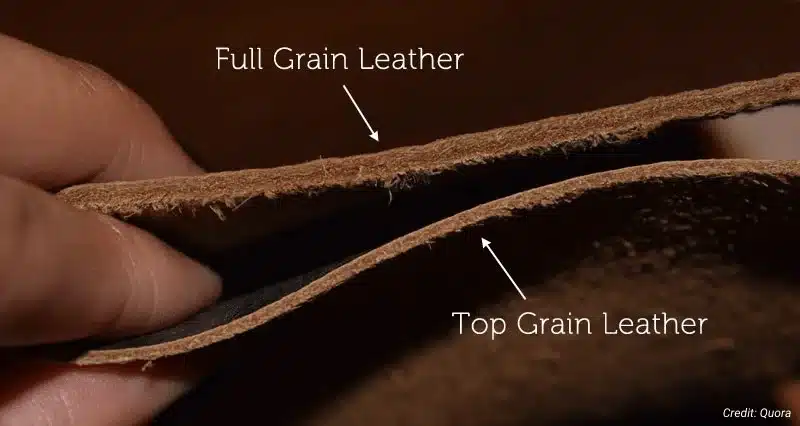
Other Considerations
These days there has been more focus on sustainability. While real leather is stunning, good quality and durable- there has been a more recent demand for vegan options- and manufactures have found a way to make materials that more closely resemble leather than ever before. Vegan leather can be made from a variety of materials- anything from pineapple leaves, cork, apple peels, other fruit waste, and recycled plastic. Forma Furniture has several vegan leather sofas to choose from.
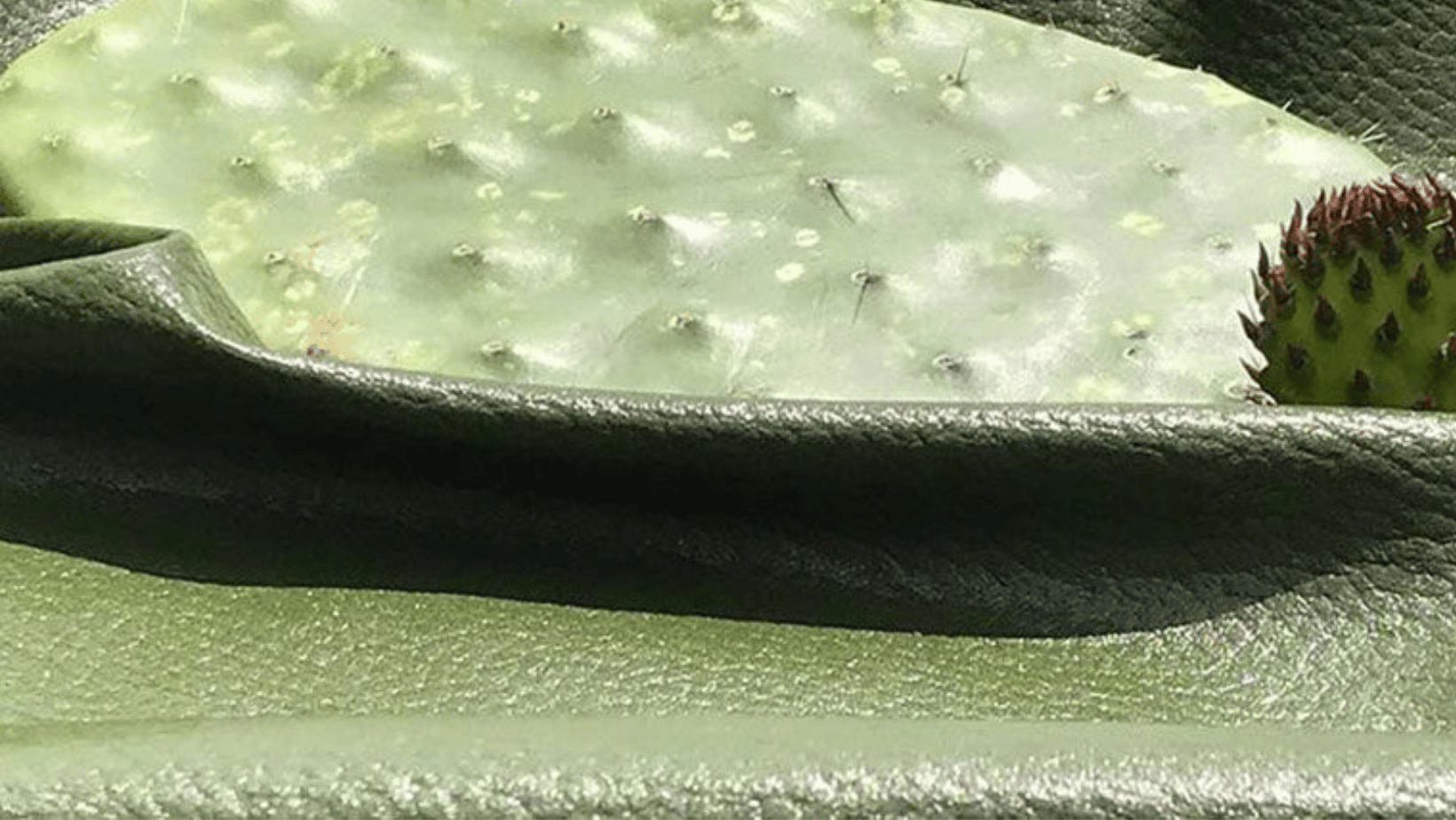
Leather Review
In the end, there are many types of leathers available for consumers to choose from. Although many manufacturers can claim that their furniture is leather-upholstered, it is important for consumers to be aware of which leathers are durable and long-lasting so they don’t waste their time.
Your lifestyle and preferences will determine which leather is best for you. It can be overwhelming. Retail specialists and designers will help you navigate the process and guide you to create and design the furniture that you want. At Forma Furniture, we specialize in leather furniture customization and have a wealth of knowledge on leathers.
